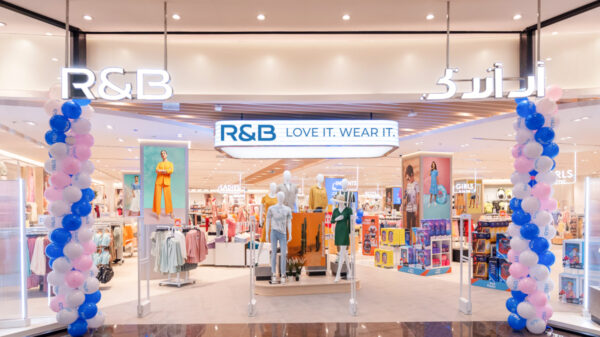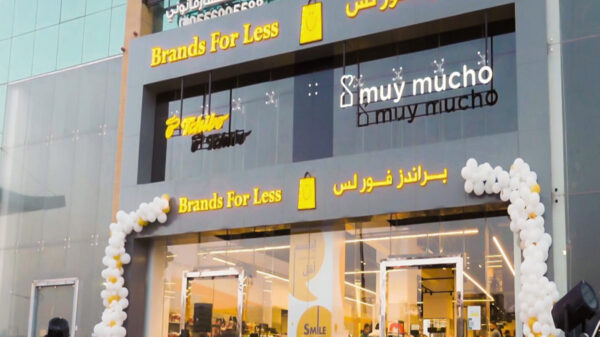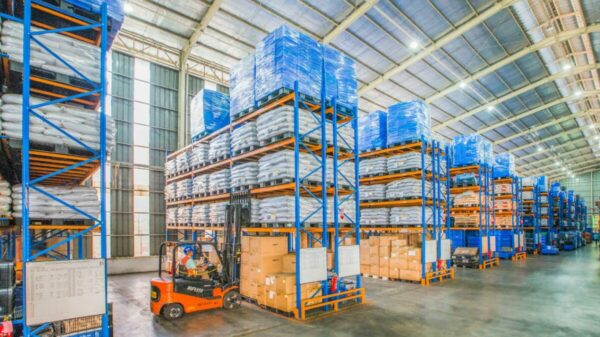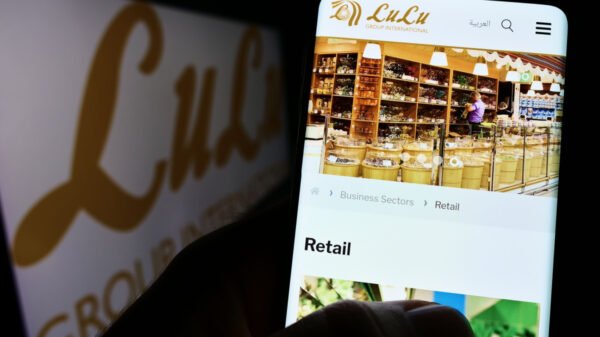In the UAE, e-commerce has been continuously growing and is expected to reach a compound annual growth rate of 8.6 per cent from 2023 to 2027. This will result in a projected market volume of US$16.4 billion by 2027.
Additionally, according to marketing company Admitad, the Mena region posted a 21 per cent surge in online marketplace sales last year, which hit more than $25 billion.
Even though a similar trend can be witnessed worldwide, the UAE’s digital economy is different, said Sandeep Ganediwalla, managing partner at Redseer marketing consultancy, to Gulf News.
Mr Ganediwalla explains that while most people would think that the combined market share for the largest online retailers in the GCC would be Amazon and Noon, this is simply not the case.
“I have asked this question to CEOs, senior government officials, and others. But this cannot be further from the truth,” he said.
“Our estimates on the market share of the top two players is around 30 per cent – that’s more than a 100 per cent variance on the collective impression of consumers’ understanding of the online market structure of GCC”, he said.
This shows that a major slice — 70 per cent — of the country’s e-commerce is dominated by other retailers.
Mr Ganediwalla explained three reasons why there is such a big difference between perception and reality.
First is that a lot of cross-border trade is not taken into account when speaking of online retail.
“Although CBT has declined over the last few years, it is still around 20 per cent of online retail. Most leaders might not account for the large cross-border trade that GCC witnesses,” he said.
Secondly, in markets such as India and China, the top two e-commerce companies account for more than 65 per cent of sales. This might lead to an anchor effect where people in the GCC might also have this perception bias, Mr Ganediwalla said.
Lastly, big corporate groups in the UAE are taking great strides in developing their digital offerings, but are still relatively small.
“Each one of these conglomerates individually might still be small compared to the overall market, but collectively they account for more than 30 per cent of the online retail market in the Gulf,” Mr Ganediwalla said.
However, these trends are expected to change, with cross-border trade declining due to stronger local supply and regulation, he said.
Secondly, “the anchor effect seen in other markets is a perception issue that will slowly get resolved as understanding of the region improves,” added Mr Ganediwalla.
Finally, GCC conglomerates are actively pursuing digital strategies to increase their online revenues.
“These conglomerates have historically focused on profitable growth, which is what the current investor landscape values. So, although, conglomerates have been more risk averse in taking large digital bets, the investor enthusiasm could tilt the scale and make them more aggressive in pursuing the digital market,” he said
Mr Ganediwalla concluded that the GCC’s digital market is very fragmented and that there is plenty of room for growth.
It will be the conglomerates that will drive the fast-paced e-commerce growth in the future, and that high quality data-based decision making can help such companies gain a bigger share of the digital market.













